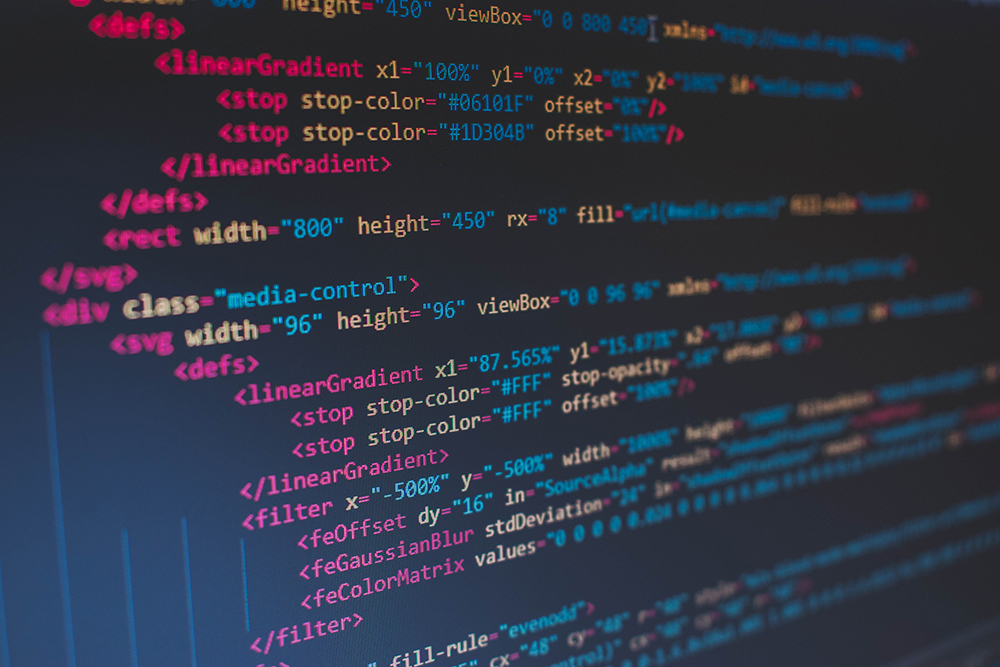A markup language is a machine-readable language for structuring and formatting texts and other data. The best known is the Hypertext Markup Language (HTML). Other well-known artifacts are SSML (for the adaptation of synthetic voices) and AIML (for artificial intelligence applications). We use markup languages to describe properties, affiliations and forms of representation of sections of a text or set of data. This is usually done by marking them with tags. In addition to tags, attributes and values can also be important. A student paper at the School of Business FHNW will describe and compare known markup languages. It will examine whether there is room for further artifacts of this kind. A markup language, which would be suitable for the morality in the written and spoken as well as the morally adequate display of pictures, videos and animations and the playing of sounds, could be called MOML (Morality Markup Language). Is such a language possible and helpful? Can it be used for moral machines? The paper will also deal with this. The supervisor of the project, which will last until the end of the year, is Prof. Dr. Oliver Bendel. Since 2012, he and his teams have created formulas and annotated decision trees for moral machines and a number of moral machines themselves, such as GOODBOT, LIEBOT, BESTBOT, and LADYBIRD.
BY OLIVER BENDEL
